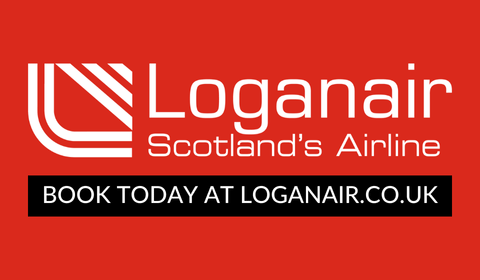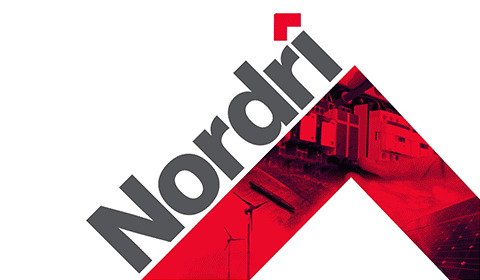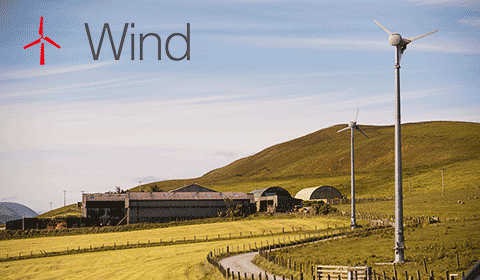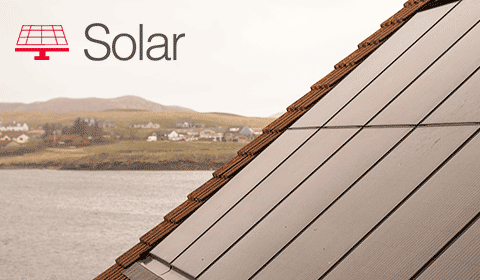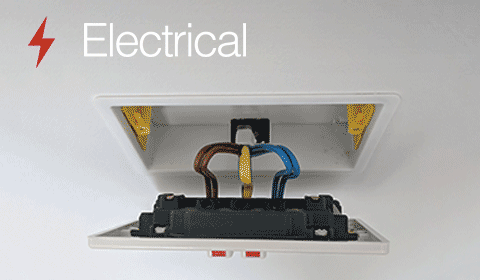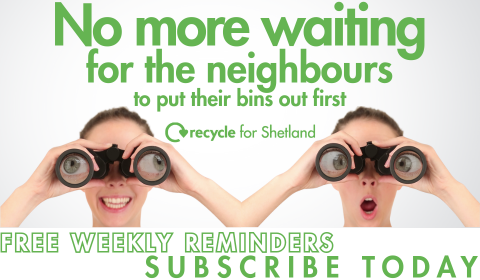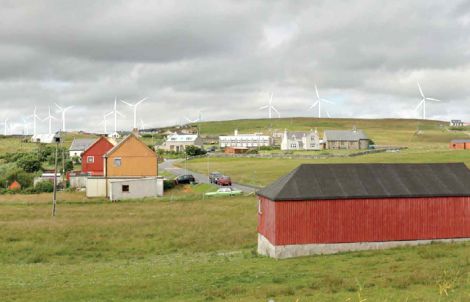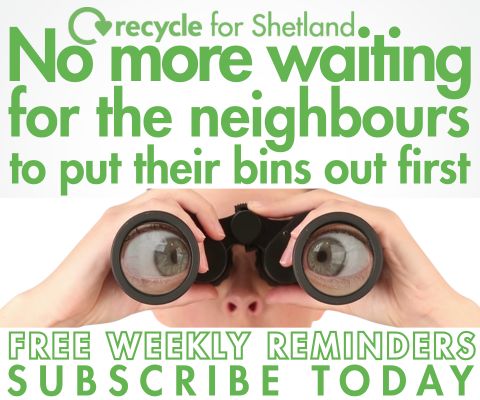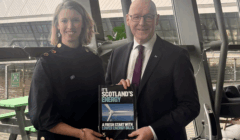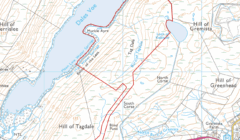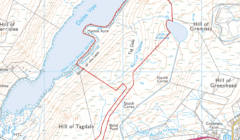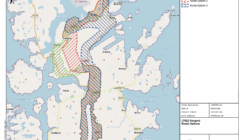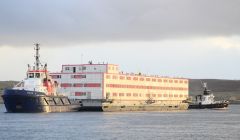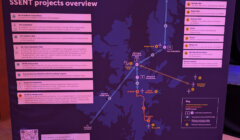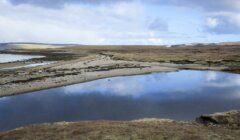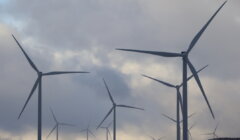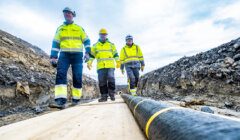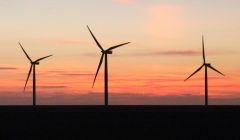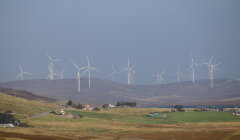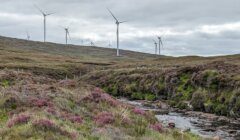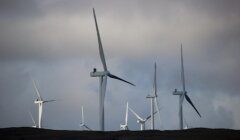Energy / Proposed Yell wind farms given grid connection date of 2032
TWO proposed wind farms in Yell now have a grid connection date – but it is only scheduled for late 2032.
A spokesperson for developer Statkraft said they expect construction to begin on the Energy Isles and Beaw Field wind farms in 2029/30.
Meanwhile the company also confirmed to Shetland News that construction at its proposed Scatsta hydrogen development – of which no official announcement has been made yet – is expected to begin in 2028/29, with a grid connection date of 2032 too.
There has long been uncertainty over grid connection for the two Yell wind farms, but it is now confirmed their route to export will go via the Scatsta area.
This is where a northern power ‘hub’ is being planned which would also involve a second subsea HVDC power cable from the Scottish mainland – potentially 1.8GW in capacity – could make landfall.
The second HVDC cable is being proposed partly due to the two offshore wind farms planned to the east of Shetland.
However there are new question marks over the larger of the two – Arven – after Mainstream Renewable Power pulled out of the project, leaving just Ocean Winds involved.
A spokesman for Arven Offshore Wind Farm said Ocean Winds “remains committed to the success of the Arven project and our current focus is on ensuring continuity”.
SSEN Transmission is currently in the process of obtaining licenses and permissions for a second HVDC cable and hopes to be able to start construction in 2028 or 2029, with a target of 2035 for completion.
SSEN is also getting underway on a North Mainland ‘reinforcement’ project which will ultimately connect Sullom Voe Terminal (SVT) to the grid for the first time through new underground cabling.
Hydrogen production is also planned within the terminal site, while there are separate plans – being developed by Shetland Aerogenerators – for ten wind turbines near to SVT plus battery storage.
Become a member of Shetland News
Meanwhile it has also been confirmed that Contracts for Difference (CfD) subsidy awarded to the 17-turbine Beaw Field and 18-turbine Energy Isles wind farms has effectively lapsed.
The wind farms, first developed by Peel before being transferred to Statkraft, were successful in the UK Government CfD auction in 2022.
CfDs give certainty to project developers to invest in new renewable energy infrastructure by protecting them from volatile wholesale prices.
However, a spokesperson for Statkraft said giving up a CfD is not unusual – with the company able to re-apply.
There is also an option of a commercial power purchase agreement (PPA) where energy is sold directly to a major energy consumer.
Statkraft said it was too early to go into any detail as to what a PPA could look like.
However the spokesperson said the company has a “leading trading and optimisation team based in the UK, so we’re well positioned for a PPA in the future”.
The two wind farms now have a grid connection date of Q4 2032.
Minutes for a community liaison group meeting in March regarding the Yell wind farm say that site investigation works could take place in 2027/28, with 12 months of water quality monitoring required before construction starts.
A question was raised about why there are Energy Isles turbines planned in the Gossa Water catchment area.
The minutes said the matter had been “considered at length previously”.
They added that Statkraft’s John Thouless said there are a range of constraints that need to be considered in the design of a wind farm including local water courses, gradients, peat depth and local ecology.
“The runoff into the Gossa Water is naturally occurring, it’s about managing it through construction,” the minutes added.
They also said there was no objection from SEPA or Scottish Water.
Thouless also told the meeting that Statkraft will also start to look at access arrangements and how best to get wind turbine components to Yell.
Minutes from a December community liaison meeting added Statkraft said there were a number of models the company is looking at regarding possible community ownership, with “shareholding and bonds” among the options.
The focus recently for Statkraft when it comes to onshore wind is the proposed Mossy Hill development outside of Lerwick, which it has now been revised from 12 to eight turbines. However, they would have an increased height.
Thouless also told December’s community liaison group meeting that Mossy Hill could be used as a “case study” on community ownership.
The Scalloway and Tingwall, Whiteness and Weisdale community councils have been exploring how they could take a share in the proposed wind farm.
Meanwhile full details of plans for an electrolytic hydrogen to green ammonia production facility on land in Scatsta – which has attracted government funding – are yet to be revealed, although its power capacity could be up to 350MW.
The company said in May that its Shetland projects will continue despite announcing it would stop developing any further new green hydrogen projects.
Statkraft also has plans for another as-yet unannounced project in the isles which is separate to Scatsta.
The energy giant has not confirmed the exact location of this development, but said it “proposes to convert green hydrogen produced into green ammonia, which can be used as a sustainable fuel for marine shipping and to help decarbonise energy usage and, in doing so, contribute significantly to the UK’s industrial decarbonisation goals”.
Another potential factor in the power and energy jigsaw is Equinor’s interest in powering the proposed Rosebank oil and gas development north west of Shetland by subsea cable.
Become a member of Shetland News
Shetland News is asking its readers to consider paying for membership to get additional perks:
- Removal of third-party ads;
- Bookmark posts to read later;
- Exclusive curated weekly newsletter;
- Hide membership messages;
- Comments open for discussion.
If you appreciate what we do and feel strongly about impartial local journalism, then please become a member of Shetland News by either making a single payment, or setting up a monthly, quarterly or yearly subscription.





